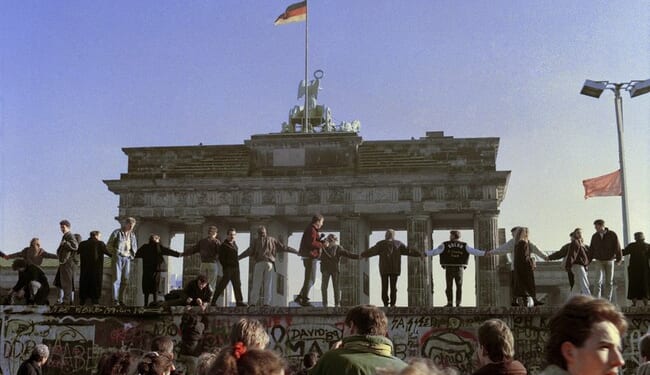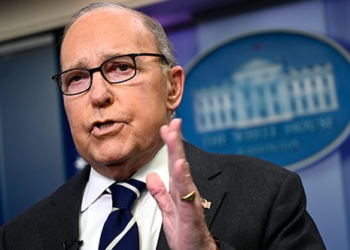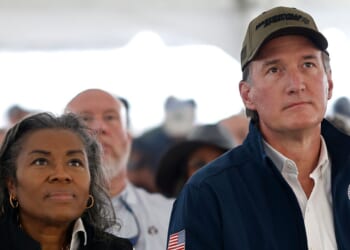
On Nov. 9, 1989, the Berlin Wall came down and East and West Germany reunited. It was the beginning of the end of the Soviet Union and the Cold War.
Achim Merlo was a young man when the wall came down. He had gone to Berlin to participate in protests, call for unification, and attack the infamous wall that separated Soviet-run East Germany and democratic West Germany. He called himself a “wall woodpecker,” a man “with a hammer and a chisel in hand” who attacked the wall that symbolized and enforced post-WWII tyranny.
In 2019, he shared his recollections of the momentous day the wall fell and the events leading up to it with Geneva Graduate Institute. Many leaders contributed to the Soviet Union’s collapse, especially Ronald Reagan, Margaret Thatcher, and Pope John Paul II. But Merlo, being German, naturally remembers most of all the German chancellor at the time, Helmut Kohl.
“As a German youngster, I became invested in the idea of contributing to unify the country,” Merlo said. “[Kohl] was a great man, able to manage a difficult process not only between the superpowers, but also with the old hostility and preoccupations from France and Britain.”
Related: Soviet Refugee ‘Devastated’ by Mamdani Victory
The growing freedom and reunification movement fired up Merlo and inspired him to help make history. “At home, we spoke every day about what was going on in Berlin, but also in Hungary, on the border with Austria, and in other neighboring Eastern European countries,” he remembered. “In the evening daily Tagesschau, at 8pm, we could see from home the events coming upon us. The overall mood in West Germany was exciting but also puzzling. And then, at a certain point, I decided to leave home and move to Berlin to take part in the protests, which were happening in the western part.”
Merlo’s family had a WWII connection that made them eager to see the post-war oppression and division wiped out. “My grandmother had served as a frontline nurse during the war and was in what was then a very different Berlin. She was particularly proud of the idea of a reunification of Germany, so she blessed my journey. I took with me a hammer and a big screwdriver from home that I used as a chisel to break chips out of the wall in the following days,” Merlo explained.
He proudly described how he and his fellow protestors brought the wall down at last: “With thousands of other young people gathering there in Berlin, I became then what was nicknamed at the time a Mauerspechte – a wall woodpecker. That is, in a nutshell, how I think about the year 1989 up until 31 December that year. That was when I saw, for the last time, the Soviet Union flag waving at the Brandenburg Gate until exactly at midnight, when it was taken down and stripped into pieces by the multitudes of surrounding celebrators, including myself.”
The impossible had happened. The Soviets’ wall, on which so many people escaping East Germany had been killed, was torn down.
The tragic part is that Germany is in danger of destruction once again — this time at the hands of Islamists. We must pray that the German people and all Western freedom-lovers will find the courage of the “wall woodpeckers” as they take on murderous tyranny.










